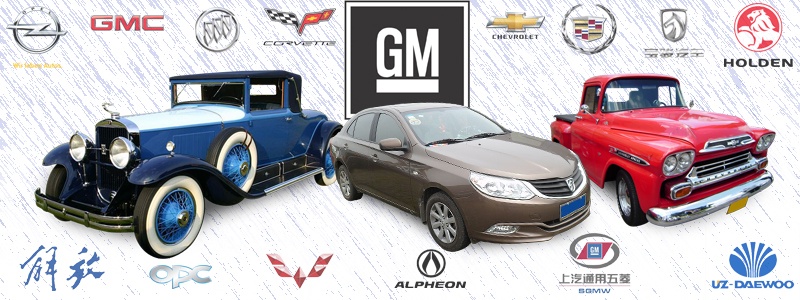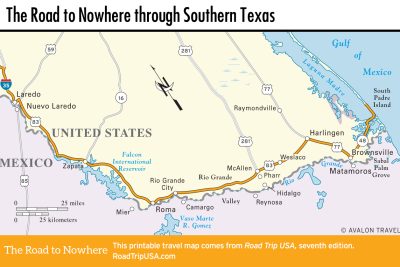
General Motors Origin: A Comprehensive Company Summary

General Motors, often referred to as GM, stands as a testament to innovation and resilience in the automotive industry. The company, whose origin traces back to 1908, has not only shaped the way cars are designed and manufactured but has also had a significant impact on global economies and societies. With a history marked by both remarkable achievements and profound challenges, GM's trajectory is a fascinating narrative of growth, adaptation, and transformation in a rapidly evolving world.
Initially founded by William C. Durant, General Motors rapidly rose to prominence in the automotive landscape, acquiring brands like Buick and Cadillac, and eventually challenging industry giant Ford for the top spot in the U.S. market. As we delve deeper into the origin and evolution of GM, we will explore the key milestones, challenges, and innovations that have defined this iconic American corporation, detailing how it has continually adapted to meet the changing demands of consumers and the global market.
The Founding of General Motors
General Motors origin can be traced back to a time of great innovation in the automotive industry, at the dawn of the 20th century. In 1908, William C. Durant, a former carriage manufacturer, decided to create a conglomerate that would bring together several automobile manufacturers under one umbrella. This visionary step was driven by a desire to streamline operations and create synergies among various car brands.
The initial lineup of GM included several car brands, most notably the Buick Motor Company, which would become one of the company's flagship brands. By focusing on quality and reliability, Durant established a reputation for not just meeting but exceeding consumer expectations. This early enthusiasm for manufacturing and marketing would set the stage for GM's rapid ascent in the automotive world.
Early Growth and Expansion
In the years following its origin, General Motors witnessed remarkable growth and expansion. By 1915, GM had surpassed Ford Motor Company in production volume, marking its position as the largest car manufacturer in the United States. This was achieved through strategic acquisitions, which included brands like Cadillac, and the introduction of innovative production techniques.
The introduction of the assembly line, similar to the practices pioneered by Ford, allowed GM to enhance production efficiency and significantly reduce costs. By implementing these methodologies, GM produced a diverse range of vehicles tailored to various market segments, from luxury cars to more affordable options. This growth was not limited to U.S. borders; GM also began expanding internationally, establishing operations in countries like Canada and the United Kingdom.
Major Acquisitions and Innovations
Throughout the decades, GM continued to reinforce its position as a leader in the automotive industry through major acquisitions and technological advancements. The acquisition of Vauxhall Motors in 1925 helped to establish GM's European presence, while the launch of innovative models catered to a growing consumer base.
Furthermore, in the 1980s, GM diversified its portfolio by purchasing Electronic Data Systems and Hughes Aircraft. These acquisitions reflected a forward-thinking approach that recognized the importance of technology in the automotive industry. By leveraging data and communications technology, GM was able to enhance both its production processes and customer engagement strategies, setting the groundwork for future innovations.
Challenges in the Automotive Industry
Despite its significant breakthroughs, GM has faced numerous challenges throughout its history. From economic downturns to shifts in consumer preferences, the company has been tested time and again. One persistent challenge has been competition from Japanese automakers who gained a foothold in the U.S. market during the 1970s and 1980s.
As Japanese manufacturers like Toyota and Honda prioritized fuel efficiency and quality, GM struggled to adapt its offerings to meet changing consumer demands. The company’s legacy of producing large, fuel-inefficient vehicles came under scrutiny, particularly during the oil crises of the 1970s. This disconnect between production and consumer expectations sparked an identity crisis at GM that would take decades to resolve.
The 2008 Financial Crisis and Government Bailout
The culmination of financial missteps and market pressures led to one of the darkest periods in GM’s history – the 2008 financial crisis. As the housing market collapsed and the subprime mortgage crisis ensued, car sales plummeted, putting immense stress on the already stretched automotive sector.
In 2009, GM filed for Chapter 11 bankruptcy protection, marking a turning point in its history. The company faced unprecedented challenges as it sought a government bailout to keep its operations afloat. The federal government intervened with both loans and a restructuring plan aimed at revamping GM’s business model and operations. This move was seen as controversial, yet necessary for preserving one of America's most iconic automakers.
Post-Bankruptcy Restructuring
Emerging from bankruptcy, General Motors undertook a comprehensive restructuring initiative that aimed to streamline operations and focus on core brands. The company divested itself of unprofitable divisions and reduced its workforce significantly. Through this rigorous reorganization, GM narrowed its focus to four main vehicle divisions: Buick, Cadillac, Chevrolet, and GMC.
This strategic pivot allowed GM to invest more heavily in technology and innovation, particularly in the areas of electric and autonomous vehicles. By prioritizing the development of environmentally friendly vehicles, GM positioned itself for future growth in an increasingly eco-conscious marketplace.
Current Vehicle Divisions and Focus
In the years following its restructuring, GM emerged as a rejuvenated company focused on innovation and sustainability. Each of its vehicle divisions has carved out a specific niche in the market, maximizing their respective strengths.
- Buick: Known for luxury and comfort, targeting a premium audience.
- Cadillac: Upholding a legacy of American luxury, with performance-driven models.
- Chevrolet: The largest volume brand offering a diverse product range from compact cars to trucks.
- GMC: Specializing in trucks and SUVs, known for durability and functionality.
Each division plays a critical role in GM's overall strategy, catering to different segments of the consumer market while embracing new automotive technologies.
Conclusion: The Legacy of General Motors
The origin of General Motors is a remarkable narrative delineating a company that has navigated the complexity of the automotive landscape for over a century. From its humble beginnings to becoming a global automotive giant, GM's journey reflects both triumph and turmoil, underscoring the volatile nature of the automotive industry.
As GM continues to evolve, its focus on innovation and sustainability positions it well for the future. By learning from past mistakes and embracing new technologies, General Motors remains a leader in the automotive sector, looking towards a future that emphasizes electric vehicles and cutting-edge technology. The legacy of General Motors is far from over; instead, it is poised to enter a new chapter of evolution as it adapts to the needs of tomorrow's consumers.
Did you find this article helpful? General Motors Origin: A Comprehensive Company Summary See more here General.
Leave a Reply





Related posts